The incredible, variable bacteria living in your mouth
Scienmag
DECEMBER 18, 2020
Researchers take a closer look at the genomes of microbial communities in the human mouth Credit: Photo credit: Jessica Mark Welch, Marine Biological Laboratory.
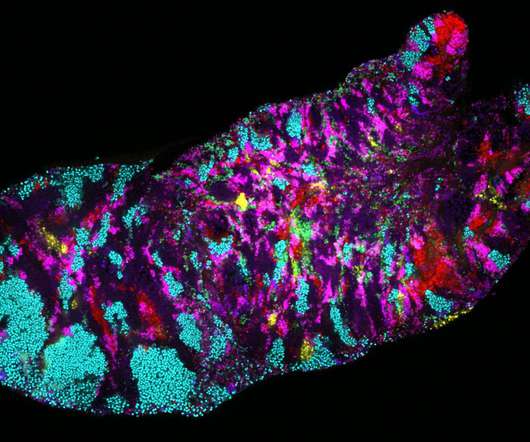
Scienmag
DECEMBER 18, 2020
Researchers take a closer look at the genomes of microbial communities in the human mouth Credit: Photo credit: Jessica Mark Welch, Marine Biological Laboratory.
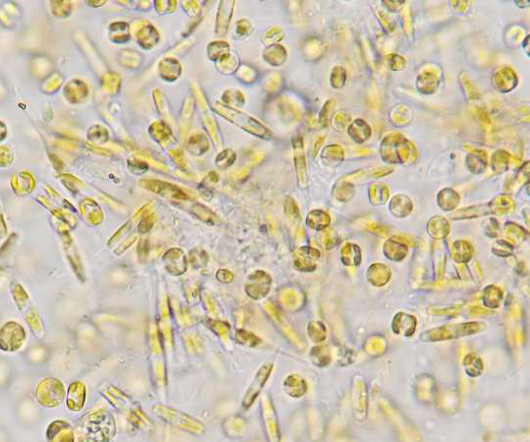
Drug Discovery World
JANUARY 23, 2024
Scientists at the King Abdullah University of Science and Technology (KAUST) in Thuwal, Saudi Arabia used the KAUST Metagenomic Analysis Platform (KMAP) to analyse massive amounts of sequencing data to release Global Ocean Gene Catalog 1.0.
This site is protected by reCAPTCHA and the Google Privacy Policy and Terms of Service apply.
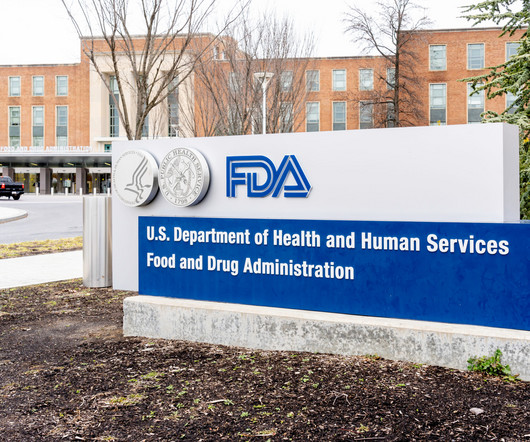
XTalks
NOVEMBER 3, 2023
After spending almost an entire day deliberating the safety of Vertex Pharmaceuticals’ and CRISPR Therapeutics’ CRISPR-based gene therapy exa-cel for sickle cell disease, a US Food and Drug Administration (FDA) advisory panel appears to be satisfied with what it saw. CRISPR works as genetic scissors to edit parts of the genome.

Drug Discovery World
JULY 17, 2023
Paul Denslow , CEO, Intus Bio, discusses how a new approach to tracking gut bacteria can revolutionse our understanding of the microbiome and bring about new discoveries for therapeutics. It’s a long-held doctrine that there’s no effective method to track the microbiome during drug research and development.
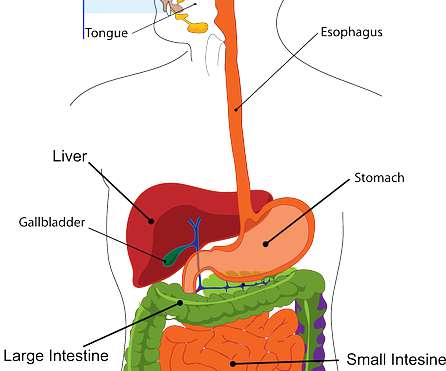
The Pharma Data
JULY 11, 2021
We are talking about the microbiome – the vast collection of bacteria in the human gut. The microbiome has been the focus of research for 20 years – ever since a new technique made it possible to analyse these bacteria quickly and precisely: high-throughput sequencing. In doing so, they induce epigenetic changes.
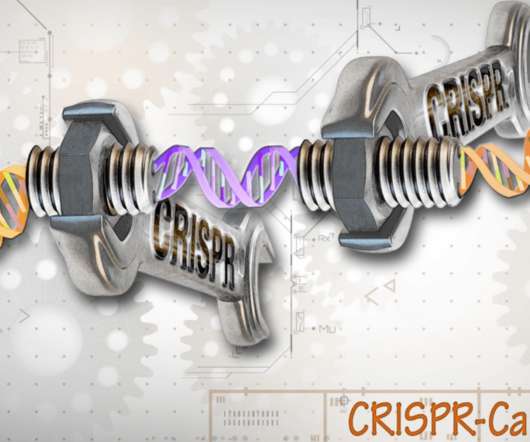
XTalks
DECEMBER 14, 2022
Expanding upon the CRISPR-Cas9 gene editing system, researchers at MIT have designed a new technique called PASTE gene editing that can cut out defective genes and replace them with new genes in a safer and more efficient way. The PASTE gene editing technique was recently published in Nature Biotechnology.

Drug Discovery World
FEBRUARY 6, 2024
The research identified a number of potential age-associated cancer targets and the team was able to validate one of most promising candidates, the gene histone demethylase or KDM1A. “We Automation is also being applied to genomics sample preparation, an area that requires particular robustness and scalability. Obulytix is not alone.
Let's personalize your content